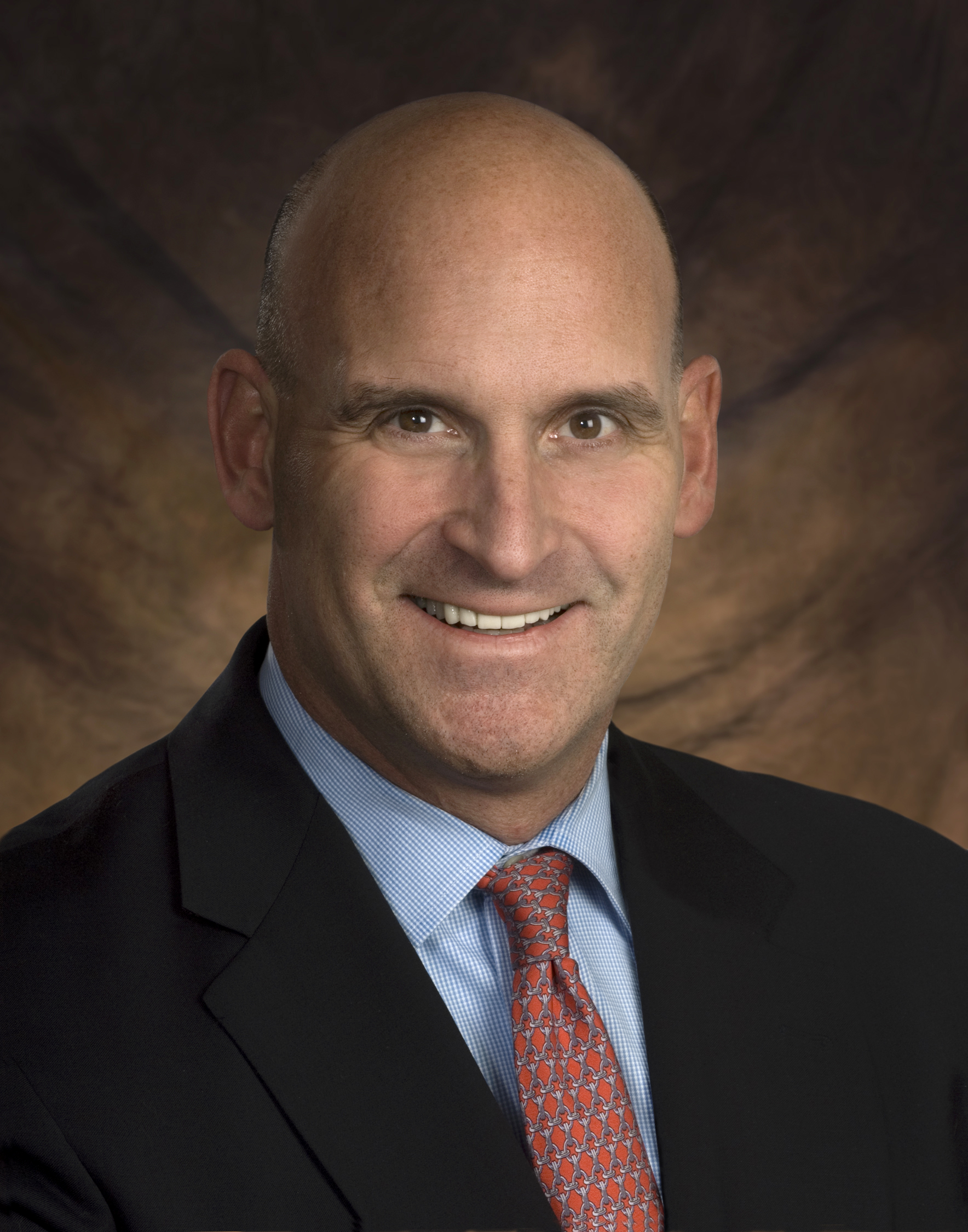Todd J. Albert, MD, is the president of the Rothman Institute in Philadelphia, as well as the Richard H. Rothman Professor and chairman of the department of orthopedics at Thomas Jefferson University and Hospitals. He also serves as the co-director of reconstructive spine surgery and the spine fellowship program at Thomas Jefferson University Hospitals.
 In addition to being an active surgeon and clinical leader, Dr. Albert is actively involved in myriad professional orthopedic and spine societies. He is the past president of The Cervical Spine Research Society and past chair of the International Meeting of Advanced Spinal Techniques for the Scoliosis Research Society.
In addition to being an active surgeon and clinical leader, Dr. Albert is actively involved in myriad professional orthopedic and spine societies. He is the past president of The Cervical Spine Research Society and past chair of the International Meeting of Advanced Spinal Techniques for the Scoliosis Research Society.
Currently, Dr. Albert serves as the chair of the development committee for the American Orthopaedic Association.
Here he discusses the importance of being actively involved in the professional community and how other surgeons can become society leaders.
Question: Why did you decide to become involved with professional organizations?
Dr. Todd Albert: The biggest reasons were and are to teach and be taught; to develop friendships; for professional growth and networking; and to learn best practices.
Q: In general, what role do such organizations play in the advancement of spine surgery?
TA: There are many roles played but the most common are creating an incentive for the sharing of ideas and the presentation and promotion of new techniques and discoveries. Also, professional societies serve as a platform for education and mentorship of the next generation. Finally, they can be cauldrons for the generation of advocacy and ideas that are good for the specialty and society at large.
Q: What are your best tips for other spine surgeons who want to become leaders in the field?
TA: Define issues and problems we in our field have that remain unanswered or incompletely answered. Then, set out to do research to chip away at those problems and gain answers. Also, in doing so, align yourself with senior mentors who will aid you in your quest to become a leader through promotion in specialty societies and/or help with researching those questions and in networking.
Q: What do you think is the current public perception of spine surgery, and how can surgeons and organizations help shape that view?
TA: It is variable. From the amazing stories of patients who have been saved from neurologic catastrophe by amazing spine surgeons to the more negative stories of infighting by prominent members of our field with varying conflicts. Patients generally love their surgeons who give their best effort at using appropriate indications and reasonable interventions to treat those patients as if they were a member of their own family.
Q: What is your main goal as chair of the development committee for the American Orthopaedic Association?
TA: The AOA is an amazing and storied organization in our specialty of orthopedics. It has historically led the way in leadership teaching and in defining what academic orthopedics should be achieving for the next generation. As development committee chair we have a few goals:
a) to enhance engagement of our members who have benefitted from the amazing leadership experiences (especially the traveling fellowship programs)
b) to help engage our industry partners in the challenges facing all of those in the field of orthopedics and medicine to define solutions.
c) to create innovative ways the membership can engage with the organization to sustain it for the decades going forward.
Q: Are you actively engaged in any research? What research is most needed in your field right now?
TA: Yes, our lab is actively investigating ways to better understand disc degeneration, the pain associated with that degeneration and how to regenerate and/or preserve the disc before it degenerates. We are also clinically investigating how to improve cervical spine surgery, particularly swallowing dysfunction that can occur after anterior cervical procedures.
Q: How has the practice of spine surgery changed since you first graduated from medical school?
TA: There is much more focus on minimal access surgery that did not exist in 1987 when I graduated from medical school. Also motion preservation and the use of osteobiologics have grown enormously since that time.
Q: What are the biggest challenges currently facing the industry?
TA: Downward pressure on pricing for implants and interventions, bundling of care from admission to follow-up, the ability for patients to access the provider of their choice and for those providers to be in a broad network as networks form and patients are captured in a limited catchment.
Q: What is most fulfilling part of practicing as a spine surgeon?
TA: Interactions with patients on a day-to-day basis remains the most fulfilling. Practicing with amazing partners in my group interested always in pushing our field forward and doing innovative things is also spectacular for me.
More Articles on Spine:
Dr. Neal Shonnard: Spine Registry Participation Important for the Future
5 Things to Know About Minimally Invasive Surgery & Spinal Deformity
Healthcare Reform's Impact on Physician Salaries Through 2015


